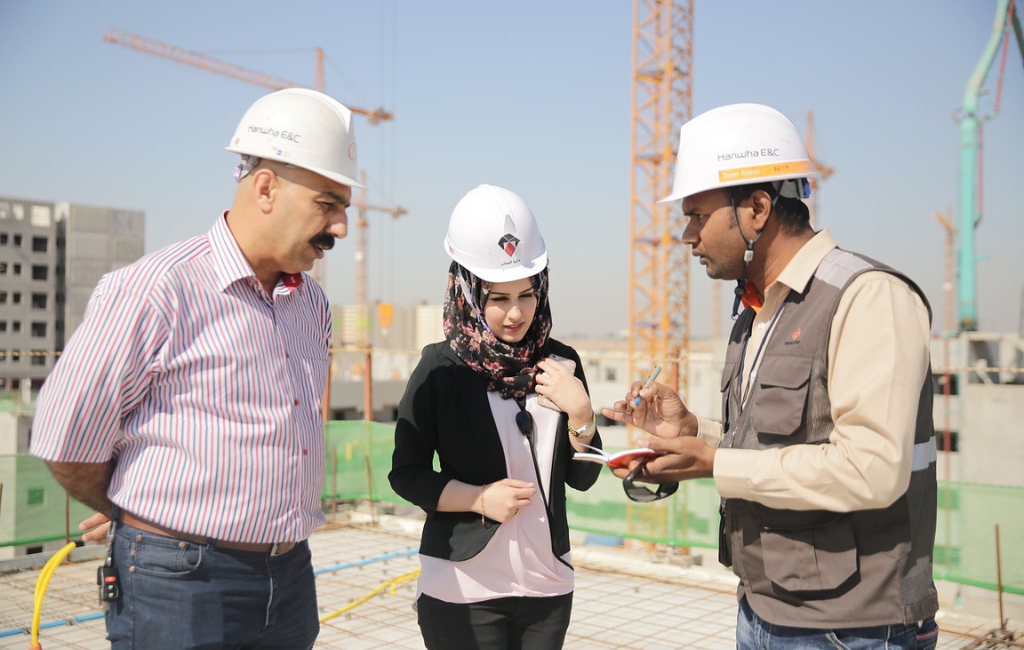The Architect’s Perspective: The Evolution of Architecture
Architecture has always been a reflection of society’s values, technological advancements, and cultural shifts. From the ancient pyramids of Egypt to the modern skyscrapers of New York, the evolution of architecture tells a story of human ingenuity and adaptation. This article explores the journey of architecture through the eyes of architects, highlighting key developments, influential styles, and groundbreaking innovations.
Ancient Architecture: Foundations of Civilization
Ancient architecture laid the groundwork for future generations. Structures like the Pyramids of Giza, the Parthenon in Greece, and the Roman Colosseum are testaments to the engineering prowess and artistic vision of early civilizations.
- Pyramids of Giza: Built around 2580–2560 BC, these monumental structures showcased the Egyptians’ mastery of geometry and construction techniques.
- Parthenon: Completed in 438 BC, this temple exemplified the Greeks’ dedication to symmetry, proportion, and the use of columns.
- Roman Colosseum: Finished in AD 80, the Colosseum demonstrated the Romans’ ability to create large-scale public spaces using advanced engineering methods.
Medieval Architecture: The Rise of Gothic Style
The medieval period saw the emergence of Gothic architecture, characterized by pointed arches, ribbed vaults, and flying buttresses. This style aimed to create awe-inspiring spaces that directed the viewer’s gaze upwards, symbolizing a connection to the divine.
- Notre-Dame Cathedral: Begun in 1163, this iconic structure in Paris is a prime example of Gothic architecture, with its intricate façade and towering spires.
- Chartres Cathedral: Known for its stunning stained glass windows, this cathedral, completed in 1220, exemplifies the Gothic emphasis on light and verticality.
Renaissance Architecture: A Return to Classical Ideals
The Renaissance marked a revival of classical principles, with architects drawing inspiration from ancient Greek and Roman structures. This period emphasized symmetry, proportion, and the use of columns and domes.
- St. Peter’s Basilica: Designed by Michelangelo and completed in 1626, this Vatican City landmark features a massive dome and a harmonious blend of classical elements.
- Florence Cathedral: With its iconic dome engineered by Brunelleschi, this cathedral, finished in 1436, represents the ingenuity and artistic vision of Renaissance architects.
Modern Architecture: Embracing Innovation and Functionality
The 20th century brought about a radical shift in architectural design, with a focus on functionality, simplicity, and the use of new materials like steel and glass. Modern architecture sought to break away from historical styles and create buildings that reflected contemporary life.
- Bauhaus Movement: Founded by Walter Gropius in 1919, the Bauhaus school promoted a minimalist approach, integrating art, craft, and technology.
- Le Corbusier’s Villa Savoye: Completed in 1931, this house exemplifies the principles of modernism, with its open floor plan, pilotis, and horizontal windows.
- Frank Lloyd Wright’s Fallingwater: Built in 1939, this house harmonizes with its natural surroundings, showcasing Wright’s philosophy of organic architecture.
Contemporary Architecture: Sustainability and Innovation
Today’s architects face new challenges and opportunities, with a growing emphasis on sustainability, technology, and social impact. Contemporary architecture seeks to create spaces that are not only aesthetically pleasing but also environmentally responsible and socially inclusive.
- Burj Khalifa: Completed in 2010, this skyscraper in Dubai stands as the tallest building in the world, utilizing advanced engineering techniques and sustainable design practices.
- One Central Park: Located in Sydney, this residential tower features vertical gardens and innovative green technologies, setting a new standard for urban living.
- The Edge: This office building in Amsterdam, completed in 2015, is considered one of the most sustainable buildings globally, with its energy-efficient design and smart technology integration.
The Architect’s Perspective: Balancing Art and Science
Architects play a pivotal role in shaping the built environment, balancing artistic vision with technical expertise. They must navigate complex challenges, from regulatory constraints to budget limitations, while striving to create spaces that inspire and serve their users.
Architects often draw inspiration from a variety of sources, including nature, history, and contemporary culture. They must stay abreast of technological advancements and evolving societal needs, continually adapting their designs to meet new demands.
Case Studies: Innovative Architectural Projects
Examining specific projects can provide valuable insights into the architect’s creative process and the impact of their work.
- Guggenheim Museum Bilbao: Designed by Frank Gehry and completed in 1997, this museum is renowned for its innovative use of titanium and its sculptural form, which has revitalized the city of Bilbao.
- High Line Park: This elevated park in New York City, designed by James Corner Field Operations and Diller Scofidio + Renfro, transformed a disused railway into a vibrant public space, demonstrating the potential for adaptive reuse in urban environments.
Conclusion
The evolution of architecture is a testament to human creativity and resilience. From ancient monuments to cutting-edge skyscrapers, each era has brought new ideas and innovations that have shaped the built environment. Architects continue to push the boundaries of what is possible, creating spaces that reflect our values, address our challenges, and inspire future generations.
